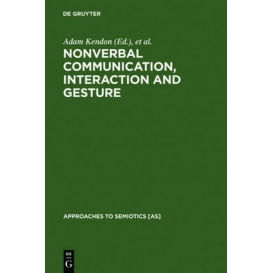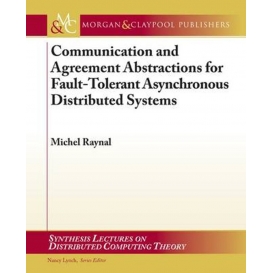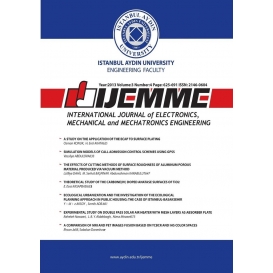Menge
Gesamt
Artikel dem Warenkorb hinzugefügt
Es befinden sich 0 Artikel in Ihrem Warenkorb.
Es befinden sich 0 Artikel in Ihrem Warenkorb.
Gesamtpreis
Versandkosten (inkl. MwSt.)
Noch nicht bekannt
Gesamt
Weiter einkaufen
Neuer Artikel
In addition, rodents are the most commonly used experimental mammals for medical research, and they have played a central role in investi gations of the genetic and molecular mechanisms of speciation in mammals. During recent decades, a tremendous amount of new data from various aspects of the biology of living and fossil rodents has been accumulated by specialists from different disciplines, ranging from molecular biology to paleontology. Paradoxically, our understanding of the possible evolutionary relationships among different rodent families, as well as the possible affinities of rodents with other eutherian mammals, has not kept pace with this information "explosion. " This abundance of new biological data has not been incorporated into a broad synthesis of rodent phylo geny, in part because of the difficulty for any single student of rodent evolution to evaluate the phylogenetic significance of new findings from such diverse disciplines as paleontology, embryology, comparative anatomy, molecular biology, and cytogenetics. The origin and subsequent radiation of the order Rodentia were based primarily on the acquisition of a key character complex: specializations of the incisors, cheek teeth, and associated mus culoskeletal features of the jaws and skull for gnawing and chewing.
Print on demand book, New Book, In English, Fast Shipping from our UK Warehouse, Evolutionary Relationships among Rodents : A Multidisciplinary Analysis printed by Springer
Print on demand book, New Book, In English, Fast Shipping from our UK Warehouse, Evolutionary Relationships among Rodents : A Multidisciplinary Analysis printed by Springer
30 andere Artikel in der gleichen Kategorie:
35,40 €
51,50 €
36,52 €
29,77 €
249,46 €



































